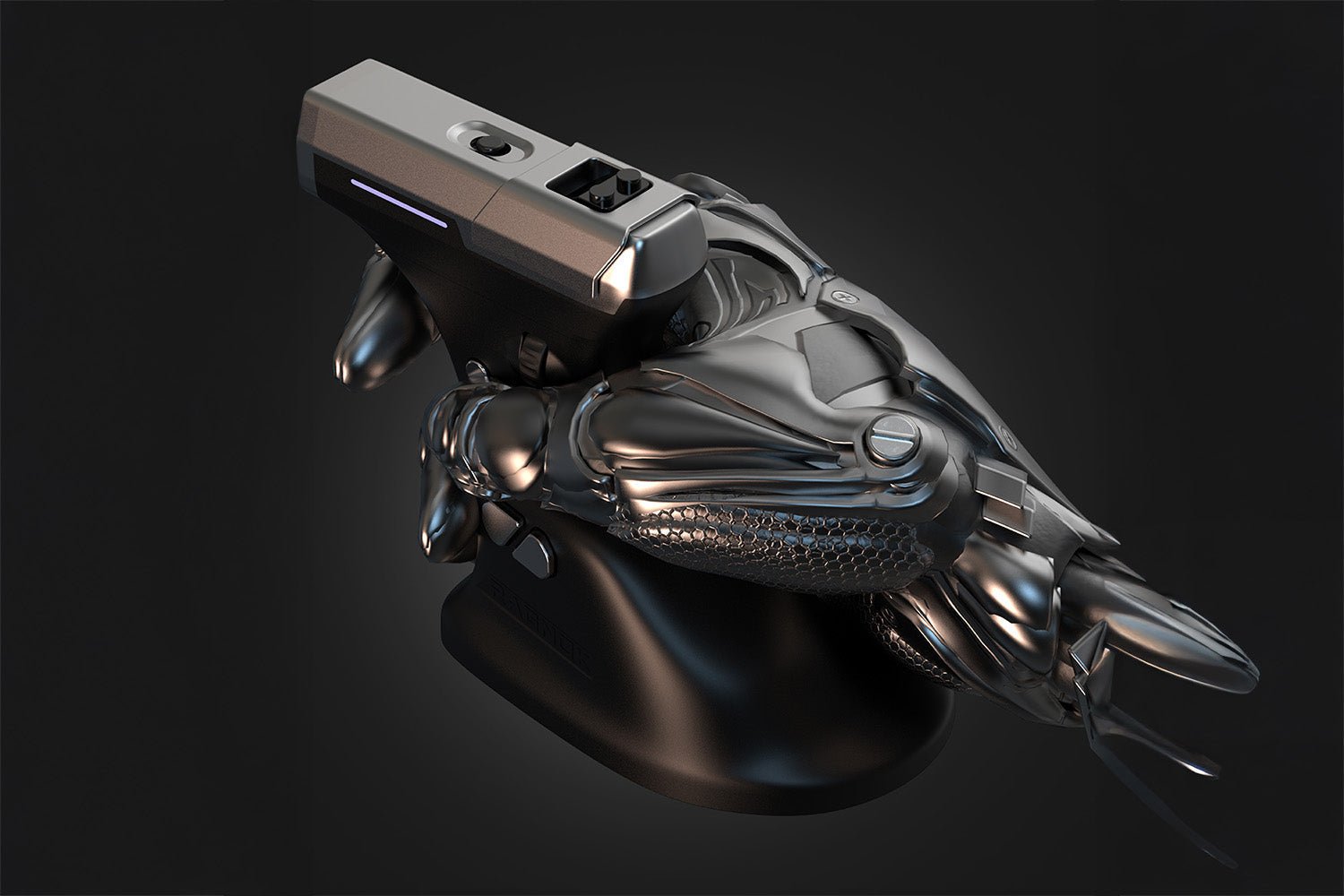Early Roots: Ergonomics in Prehistory and Antiquity
The concept of ergonomics is not new. Early humans instinctively shaped stones and bones into tools that fit their hands better, reducing effort and increasing efficiency. Ancient civilizations like Greece also showed awareness of ergonomics: Hippocrates described how surgeons should arrange their tools and workspace for safety and efficiency, foreshadowing modern design principles.
The Industrial Revolution: Toward Efficiency and Comfort
The Industrial Revolution brought an unprecedented demand for productivity. Workers needed tools and environments that matched their physical abilities. In 1904, Frank Lloyd Wright designed one of the first modern office chairs with adjustable features, paving the way for ergonomic office furniture.
Ergonomics Becomes a Discipline
The word “ergonomics” was first coined in 1857 by Polish scholar Wojciech Jastrzębowski. By 1949, it gained official usage at a British Admiralty conference, leading to the formation of the Ergonomics Research Society. In the U.S., the related term “Human Factors” became widely used after World War II, emphasizing the relationship between humans and systems.
Late 20th Century: Office Ergonomics Takes Center Stage
As desk jobs became the norm, ergonomics focused on reducing fatigue and preventing repetitive strain injuries. Office chairs with lumbar support, cushioned armrests, and shock-absorbing seats became mainstream. The Aeron Chair (1994) revolutionized office seating with breathable mesh and flexible support, becoming a global ergonomic icon.
Keyboards also underwent ergonomic transformation. Microsoft introduced the Natural Keyboard (1994), a fixed split keyboard designed to reduce wrist strain. Research dating back to the 1970s showed that adjustable split keyboards significantly reduced discomfort during typing, making them a staple for professionals and gamers alike.
Early Split Ergonomic Keyboards – showcasing the natural hand positioning.

Modern Split Mechanical Keyboards – modular, customizable designs.

Contemporary Ergonomic Keyboard Close-up – highlighting curves and split design.

Typing with a Split Keyboard – demonstrating healthier wrist and arm posture.
Introducing the RAGNOK RK104 Split Ergonomic Mechanical Keyboard
Our RK104 Split Ergonomic Mechanical Keyboard brings the philosophy of ergonomics into the modern age of gaming and productivity. It blends comfort, functionality, and performance, making it a perfect fit for both office workers and gamers.


✨ Key Features:
-
Split, curved design + wrist rest – promotes natural typing posture and reduces fatigue.
-
Gasket structure + sound dampening – smoother typing experience with reduced noise.
-
Advanced software customization – RGB lighting, key remapping, and macro recording.
-
Multi-device support – connect up to 3 devices and switch seamlessly with FN+Q/W.
-
Multimedia control knob – intuitive volume adjustment and mute with a press.
Conclusion
The story of ergonomics is one of constant refinement — from stone tools to office chairs to advanced input devices. Every step has been about putting people first: reducing strain, improving comfort, and boosting performance.
The RAGNOK RK104 Split Ergonomic Mechanical Keyboard is the latest chapter in this evolution. It embodies ergonomic principles while delivering the tactile satisfaction and functionality modern users expect — making it the ideal companion for both work and play.






Leave a comment
All comments are moderated before being published.
This site is protected by hCaptcha and the hCaptcha Privacy Policy and Terms of Service apply.